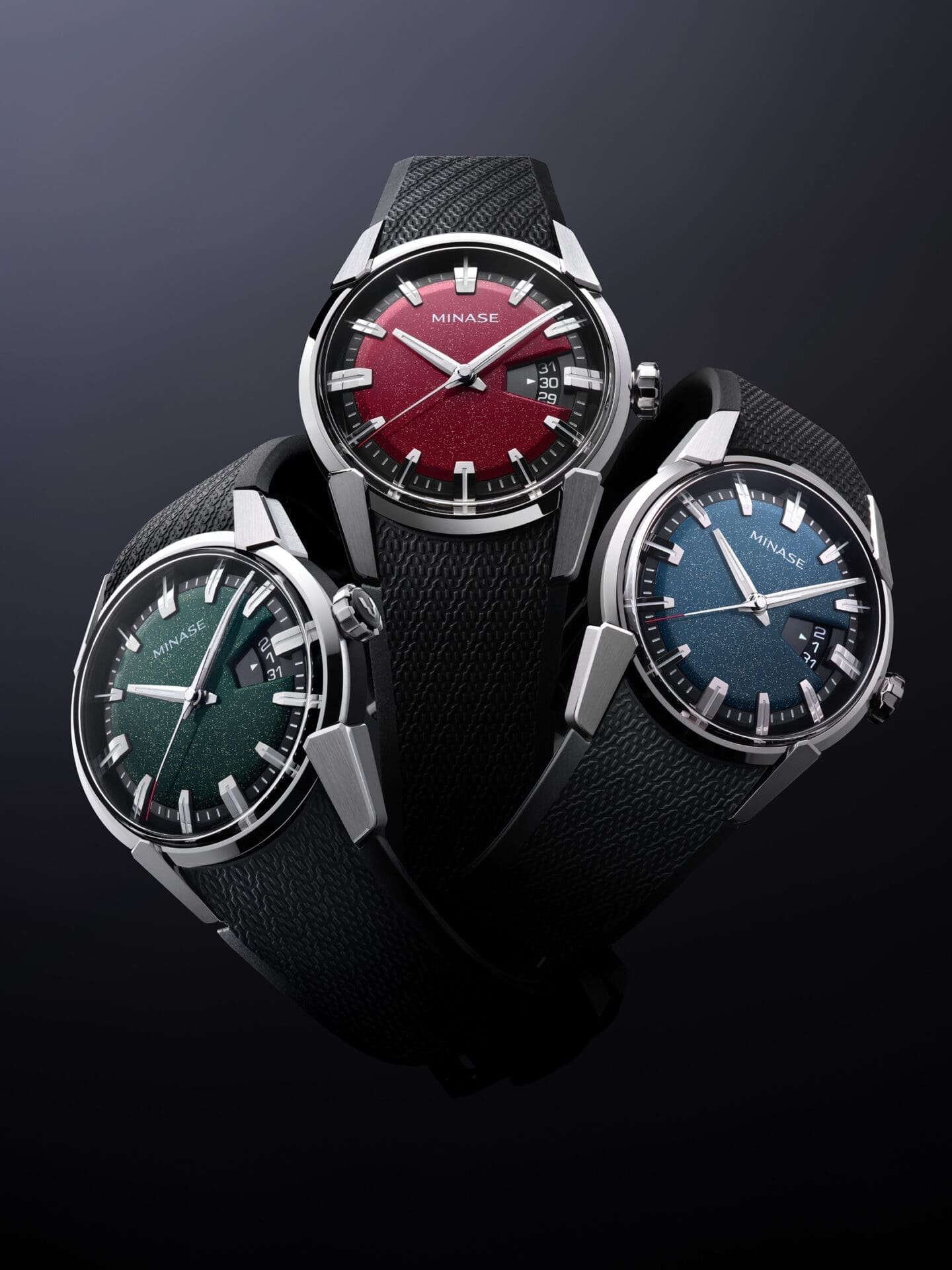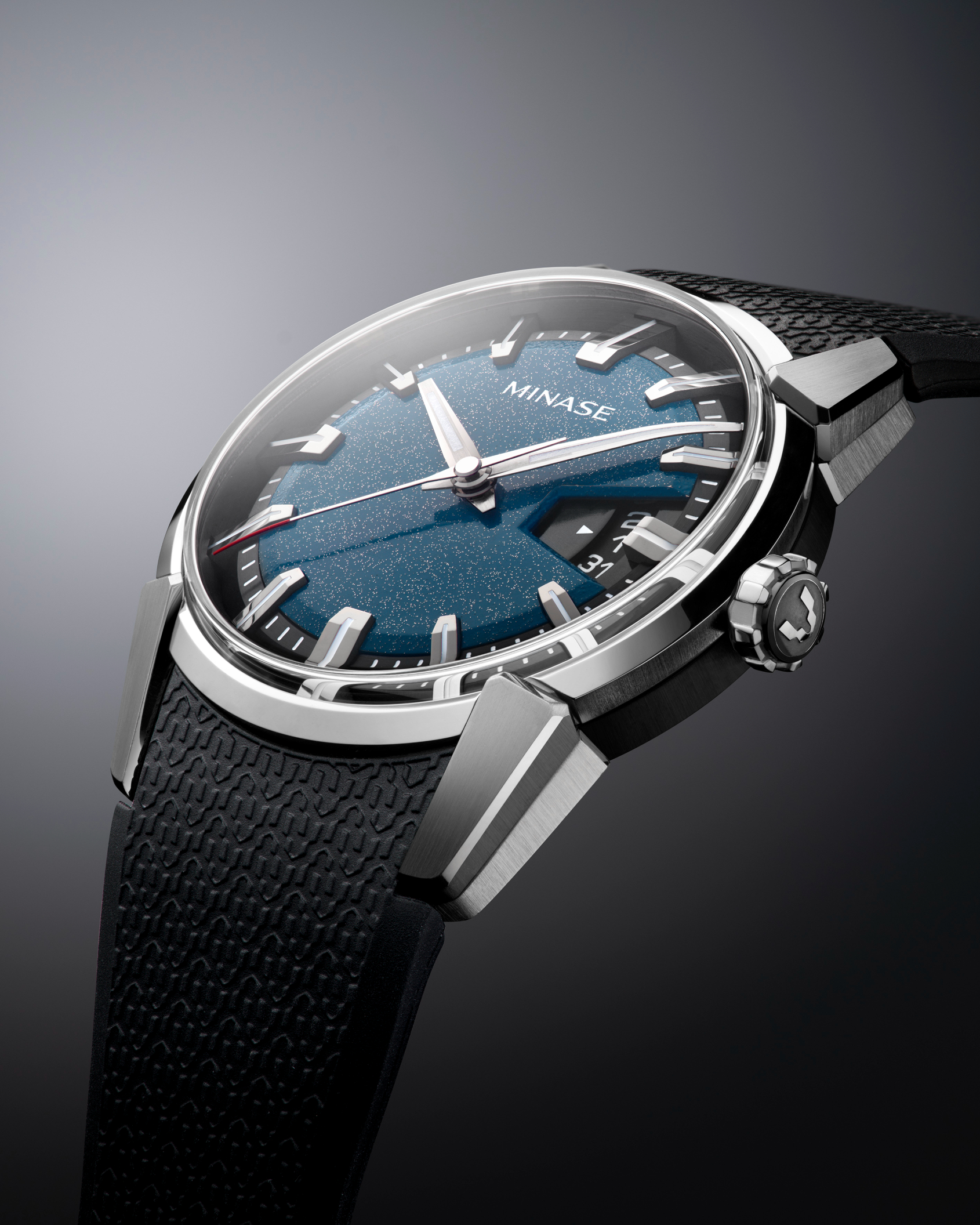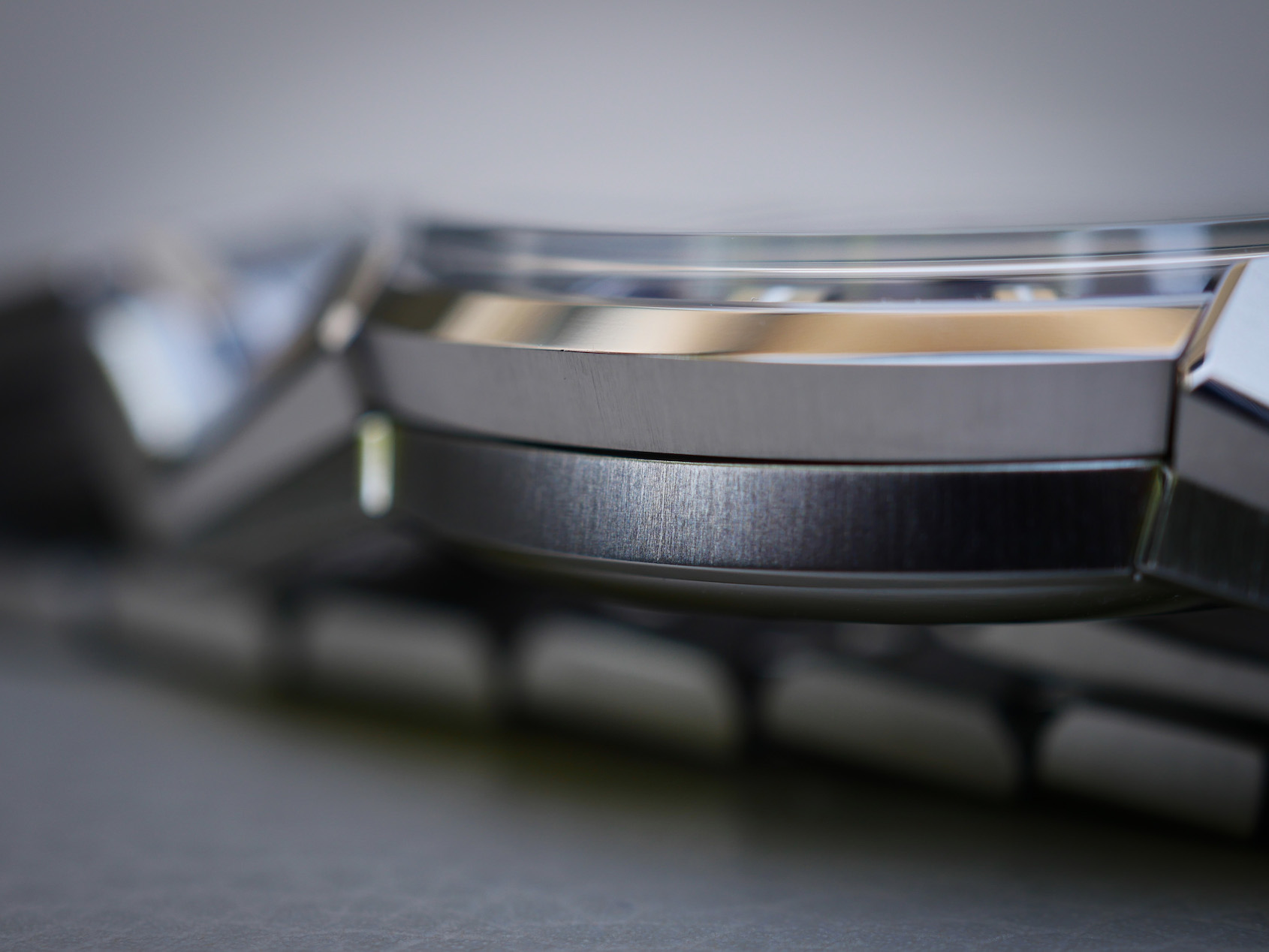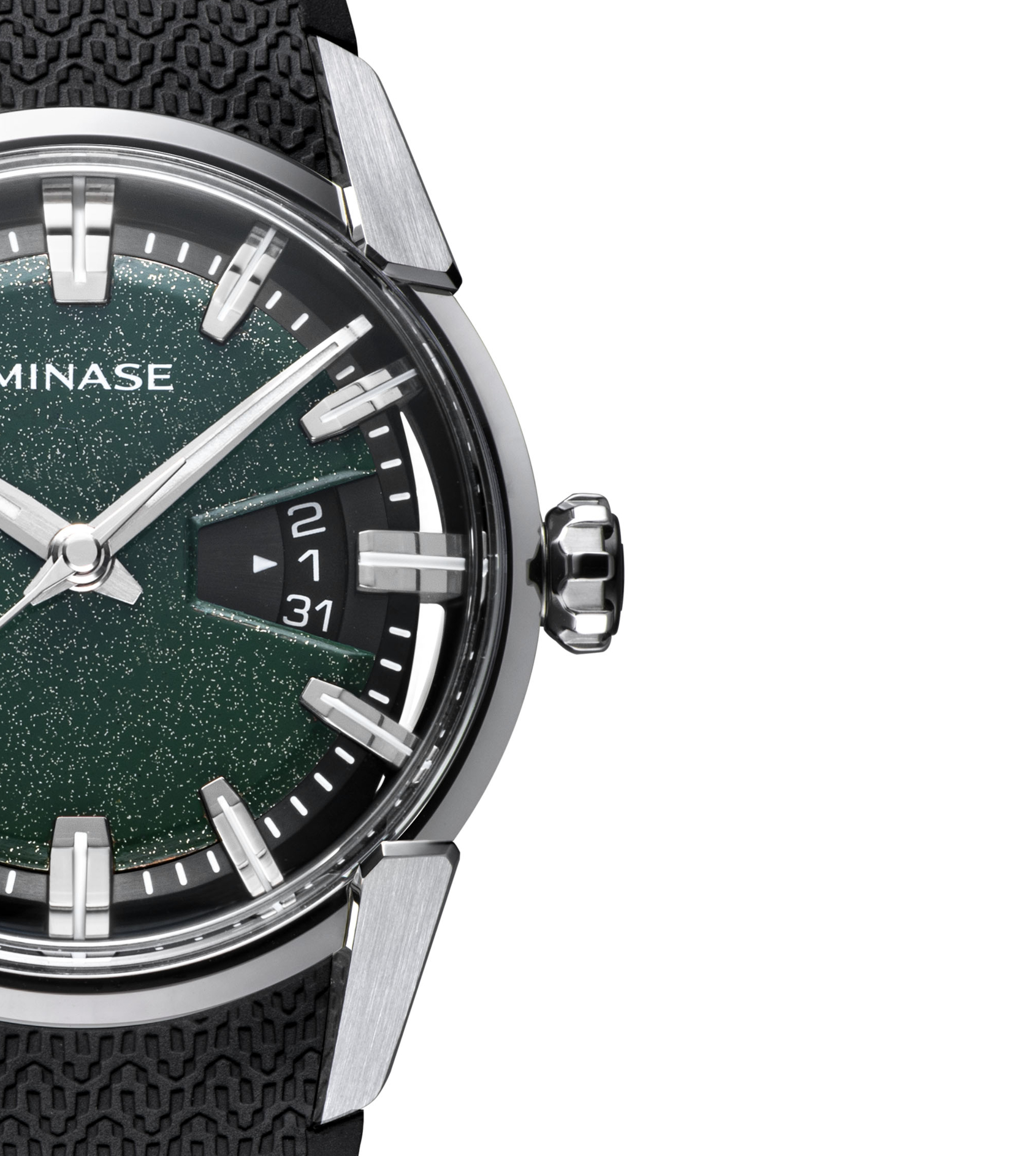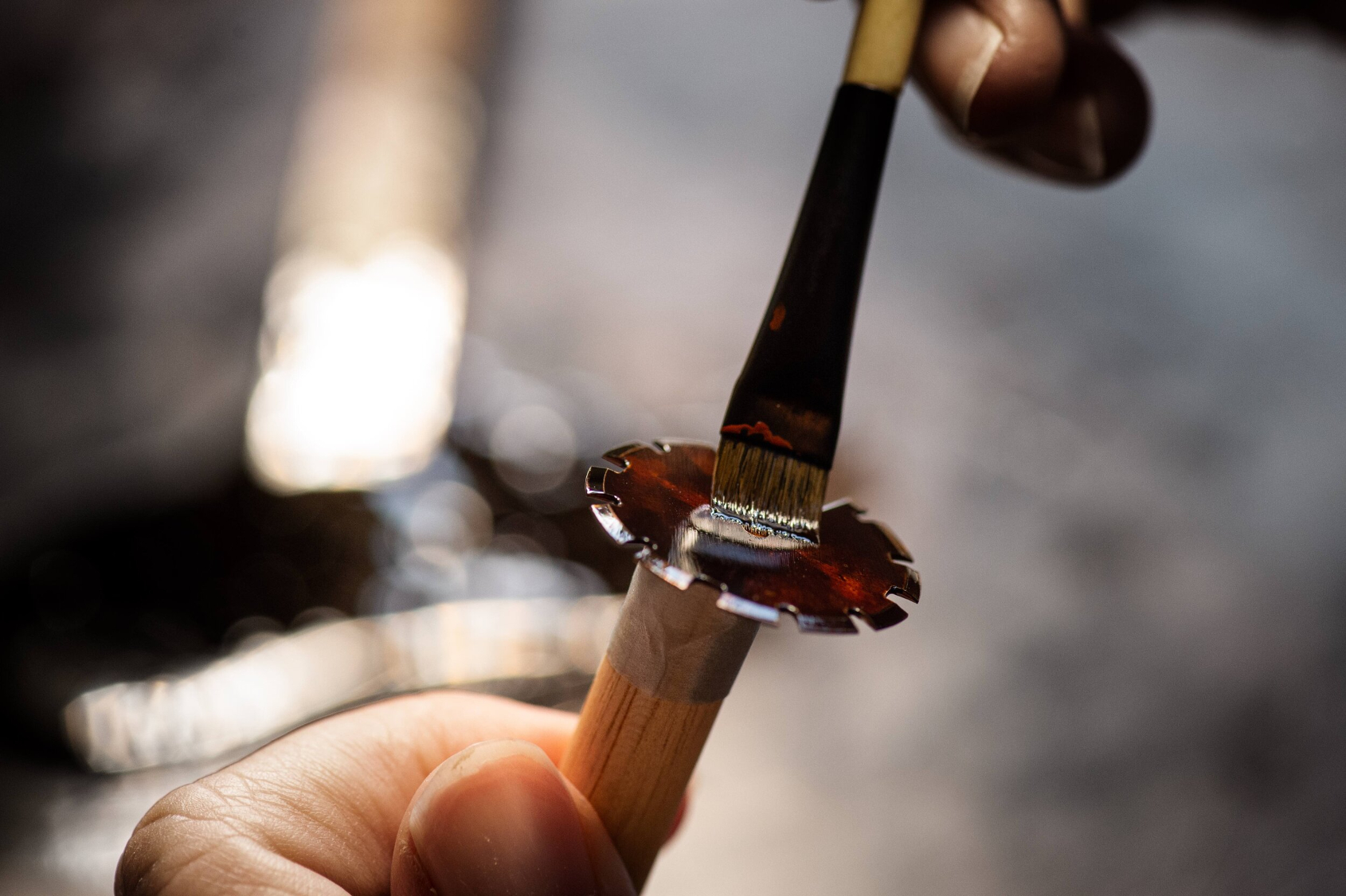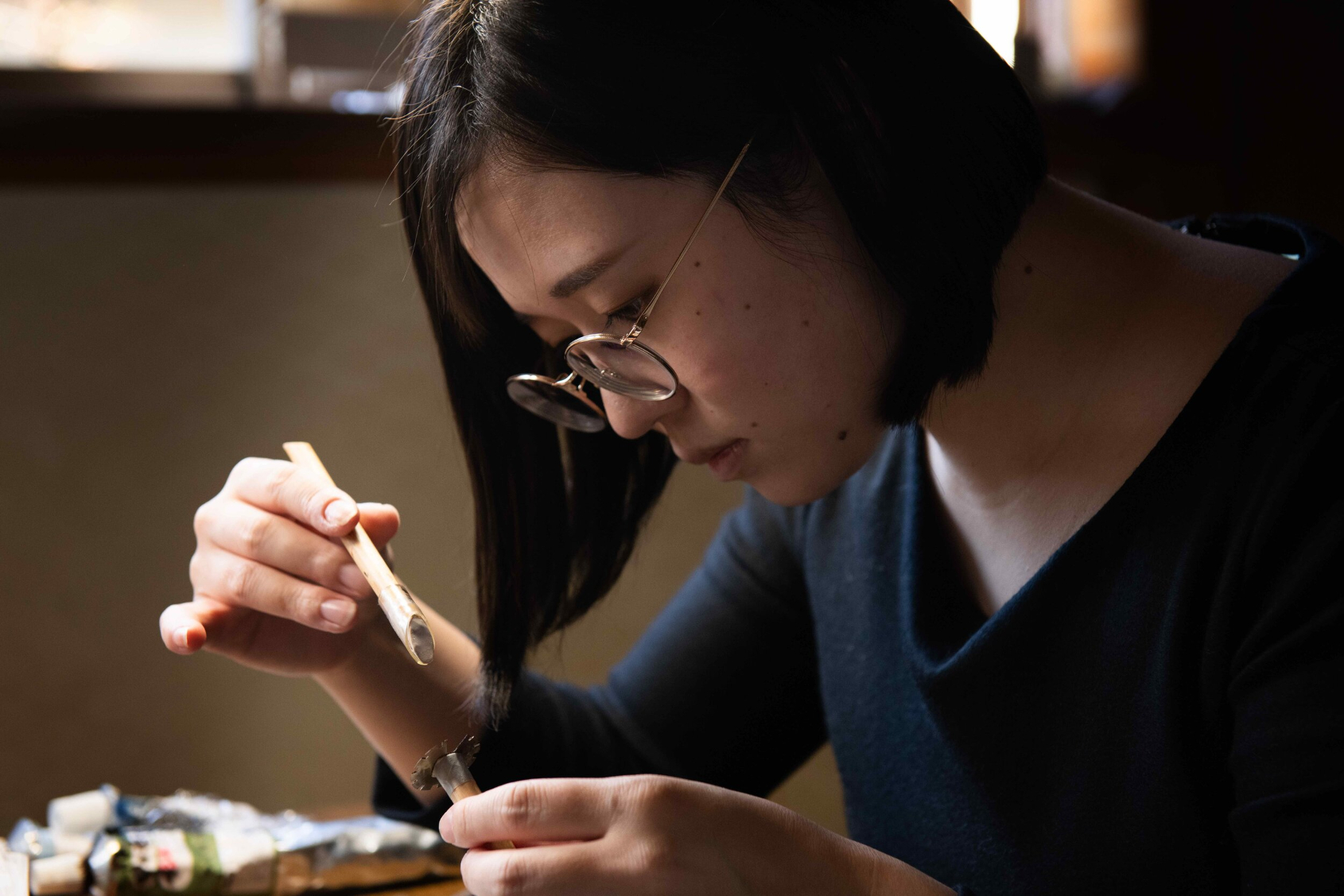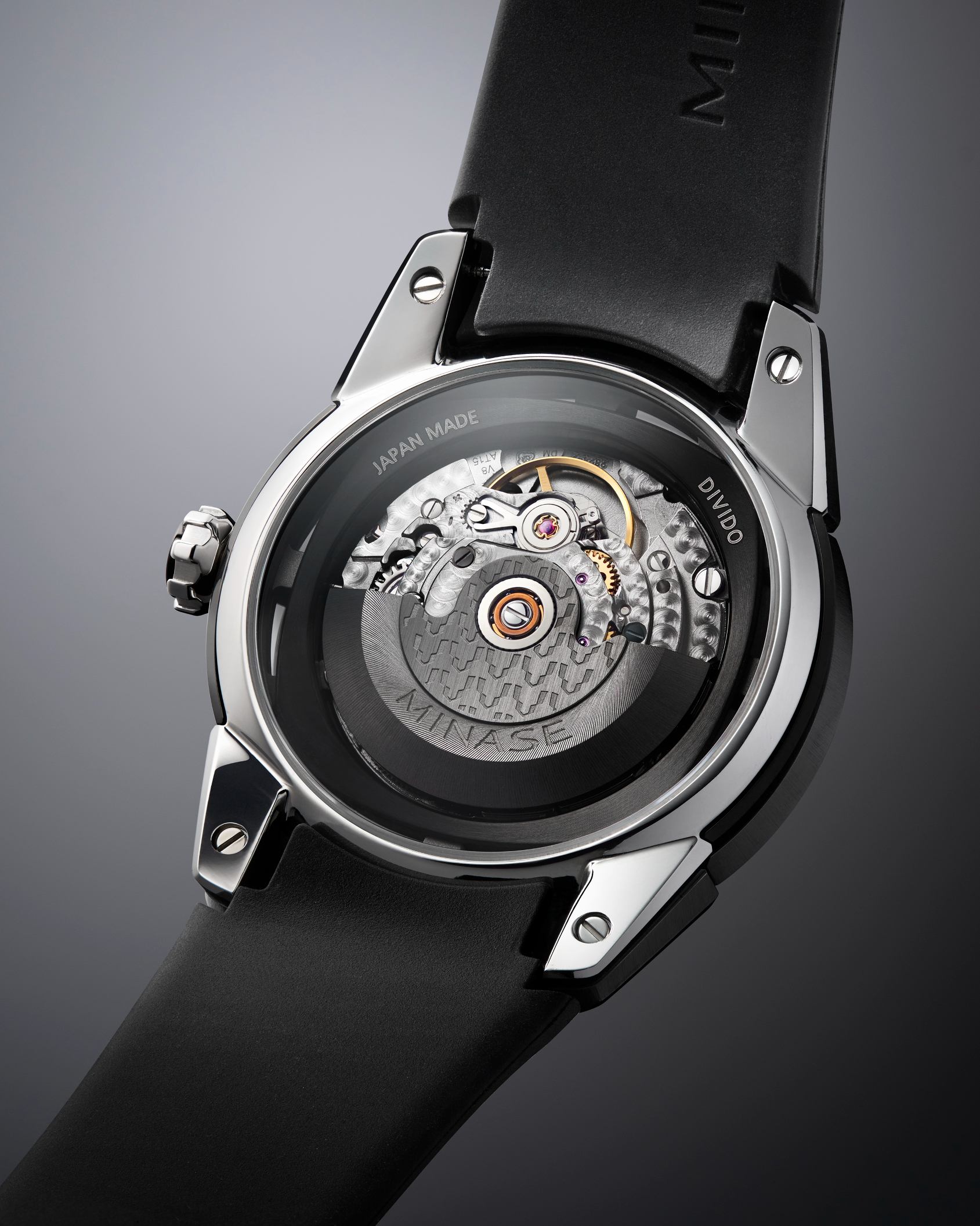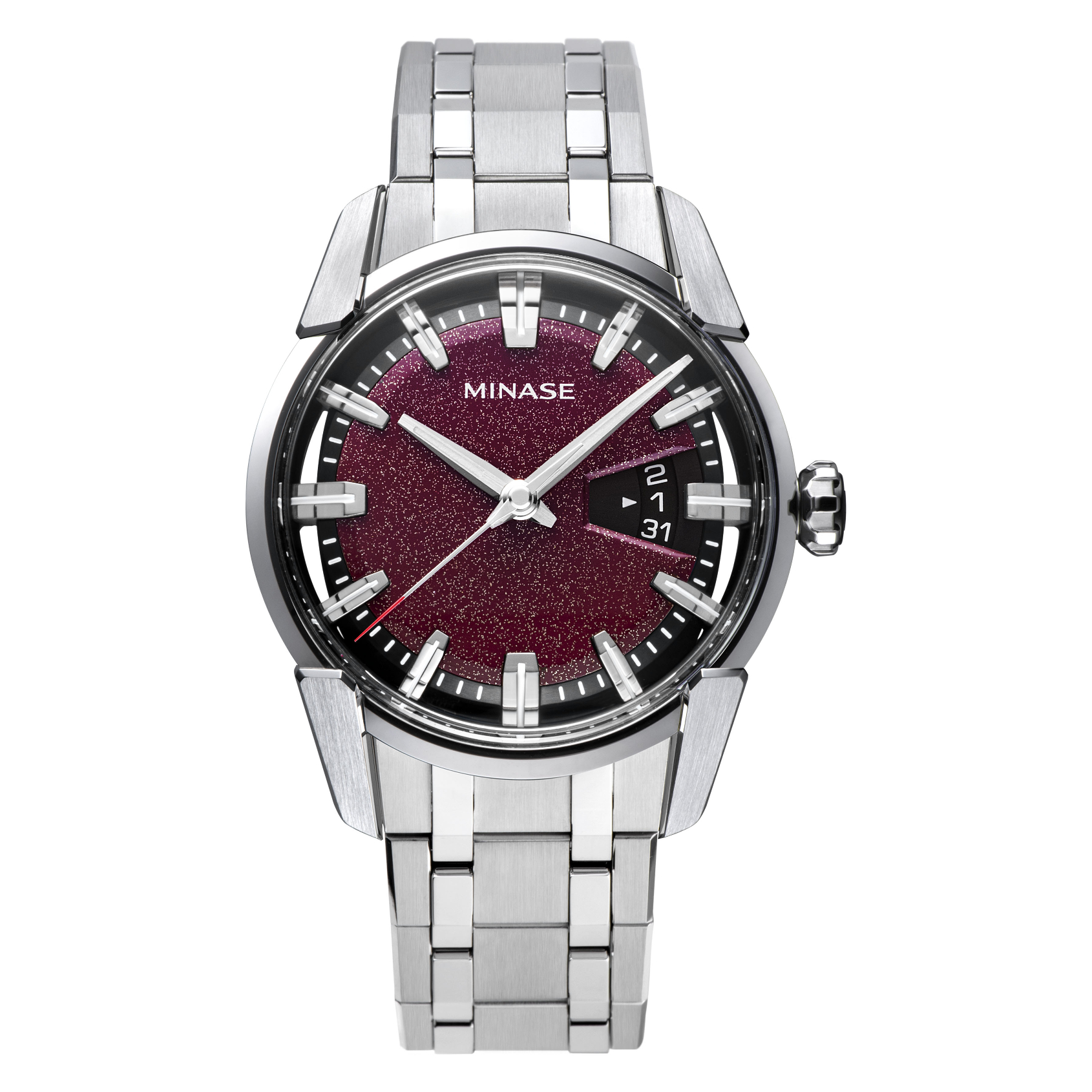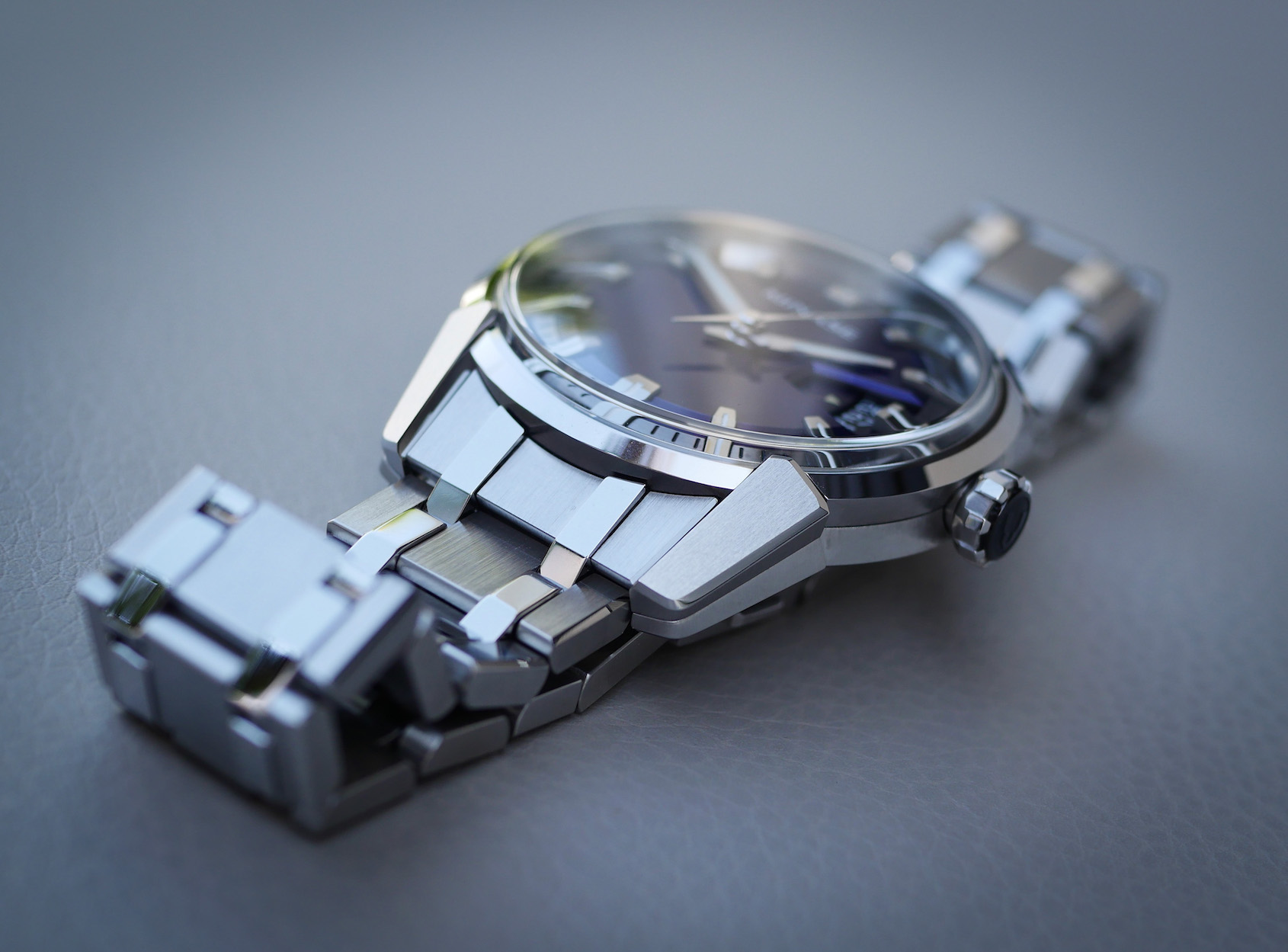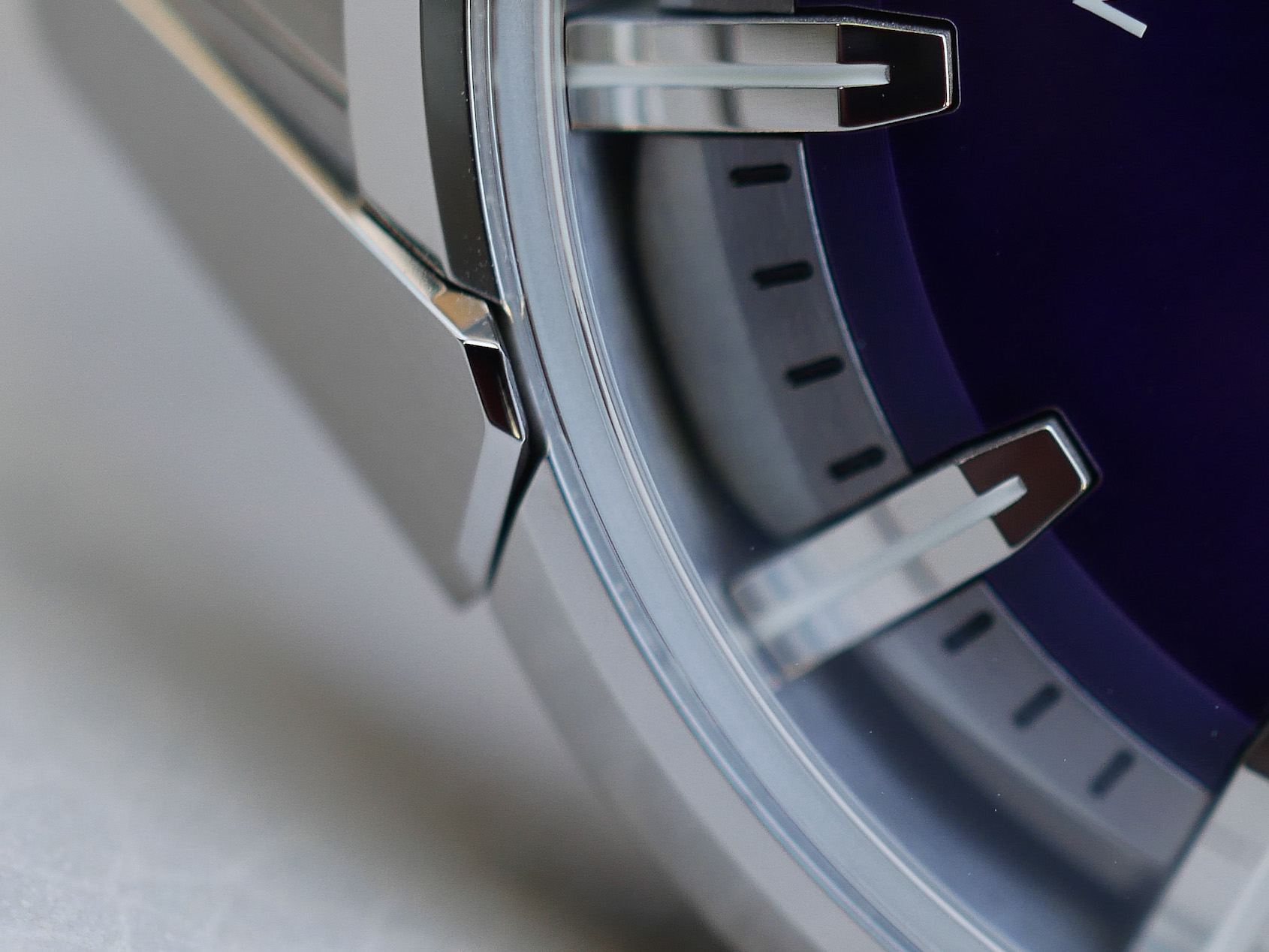The Minase Divido Urushi Maki-e is a futuristic window to an ancient Japanese craft
Thor SvaboeAt a time when most people gravitate towards modern sports watches or the tempting flavours of vintage nostalgia, there’s a path less crowded, where you will find small manufacturers like Minase. With a round two-piece watch case like few others, Zaratsu-finished angles, and sharp Japanese design, The Minase Divido Urushi Maki-e, is a fascinating world in itself. Last year, I enjoyed a week with the Minase Divido, but with the ancient art of Urushi and Maki-e, Minase has now lifted their Divido into the sparsely populated realm of futuristic craftsmanship.
From the Akita province of northern Japan, Minase is more atelier than maison, producing around 500 watches a year – of which the Divido, unusually, is their only round watch. The brand has a strong following in Japan, internationally rising to fame through wrist shots of the former Japanese Prime Minister Shinzo Abe at a G7 summit. Started in 2005 by their parent company Kyowa Co, a specialist tool maker that had expanded into precision watch parts, Minase has created their very own dialect of the Japanese horological language.
The Case
With its perfect size of 40.5mm and a strong angular case design, the Divido has a wealth of details few other small manufacturers dare enter into production. Its intricate case architecture is also rather lustrous in the physical sense, due to a well-known German polishing machine called Sallaz, the Japanese phonetic translation being Zaratsu, does that ring a bell?
If you enjoy the smooth pebble-like finish of an Apple Watch, welcome to an exciting world of angles and edges. Somehow it’s round but still angular enough to be conceived as a test case. As if challenging its designer to incorporate as many acute angles as possible, while keeping to a strict Japanese quality code. Task complete. While most case sides are rounded, angled, or flat of profile with a touch of bevelling, this case is joined sharply in the middle with inwardly razor-sharp and dramatically angled sections.
I would be happy to place a significant bet that you haven’t seen this particular design language before, and therein lies the appeal. There is a lot to take in here, with the split angular case sides providing just the start to a fascinating visual journey.
Against the micro-engineered details of the steel, the dial itself is a hand-crafted piece of Japanese dial art. Its deep-gloss galaxy of stars pulling your attention away from the otherwordly case shape and angles.
The Dial
The dial itself is fitted together with the movement as a case-within-a case, fixed by the angled claws of the substantial indices. The indices themselves are polished with a central lume-filled groove, and the sporty touch of the ends being angled downwards with a blade-like flat end.
But what we see here is first the deep gloss of the Urushi lacquer surface, a Japanese technique that is believed to be more than 9000 years old. This puts watchmaking itself into a very different context, and transports us into a traditional world of craftsmanship. Urushi is a special lacquer made from the sap of that tree and known for its glorious lustre. Here it’s hand applied to the copper dial of the Divido. The galaxy of shimmering stars are produced by the Maki-e technique, quite literally meaning “sprinkled picture”. The hand-painted lacquer base is sprinkled with metal powder, then sealed with a blue-tinted layer of lacquer and repeated. Each dial can take weeks to produce by Urushi master Megumi Shimamoto based in Kyoto.
The Urushi dials of the Divido seem to float inside the case, as there is a millimetre or so of air between brushed rehaut and the suspended dial, adding to the barrage of details to take in. Sword-shaped blunt hands complete the picture, bevelled and polished with the usual Japanese attention to detail we’ve come to expect from a much higher price point.
The Movement
The movement in the Minase Divido is surprisingly Swiss, the KT7001/1 calibre being ETA-based. This is a wise move by Minase, and a trusted bullet-proof movement. It is, however, hand-polished, with the addition of perlage in the Minase workshops – and is, with its well-known solidity and 38-hour power reserve, a movement you can count on.
The Minase Divido is available on a structured, soft rubber strap, or a bracelet in which you’ll see echoes of Royal Oak with flat links connected by intersecting pairs of polished connecting links – though they don’t seem flat, do they? This is the one brilliant piece of design that, together with the precise single-link bevelling and articulation, makes the bracelet. The polished pair of rectangular connecting links are bent at about 10-20 degrees, and as you click in the clasp, they make the bracelet drape itself around the wrist, following the curvature of your arm.
Final Thoughts
The overall impression here is one of technical complexity juxtaposed with ancient Japanese craftsmanship. It’s a complexity that breeds both a fascinating play of light both on and within the semi open-worked case construction, and an ergonomic comfort not associated with angles.
The 40.5mm diameter with a 48mm lug-lug length of the Minase Divido is just so, with angular lugs aiding the wrist-hugging presence of only 12mm, just right for a dressy sports watch. The price firmly puts it in a mid-luxury range which is quite crowded, but with a well-spoken language all of its own and the comforting presence of a bracelet belonging to the hallowed arena populated by Genta designs at more than twice the price. My favourite quirky detail? The symmetrical logo of Minase that’s used as the structured pattern on the soft rubber strap is, in fact, a stylised precision drill bit, a sly nod to the engineering legacy of the parent company Kyowa.
The Facts
Case/Dial: 40.5mm diameter x 12mm height, stainless steel, domed sapphire crystal, sapphire case back
Water Resistance: 50m
Movement: Calibre KT7001/1, automatic, 25 jewels
Frequency: 28,800 vph (4 Hz)
Power Reserve: 38h
Functions: Hours, minutes, seconds, date at 3 o’clock
Strap: Synthetic rubber or stainless-steel bracelet with folding clasp
Price/Availability: CHF 5,350 (without tax) on rubber strap
CHF 6,470 (without tax) on stainless steel bracelet




